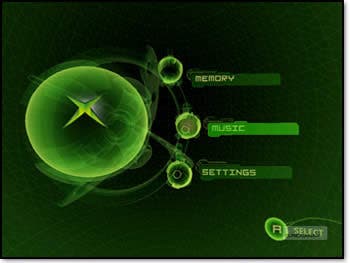System Update
How the current generation has redefined itself through firmware.
As well as the arrival of established social networking brands, the updates that arrived from the end of 2009 onwards were notable not only for what they added, but crucially what they took away. The launch of the PlayStation 3 Slim in September quietly removed the Install Other OS option from the firmware, thanks to hackers using it to try and crack the PS3's tough security shell. This option was ultimately removed from all PS3s, causing a predictable rumble of discontent from around the internet as people got briefly angry about the loss of a feature they never used.
Though you probably wouldn't know it, thanks to the low-key update regime, it was actually the Wii that was at the forefront of using firmware changes to battle pirates. March 2009 saw Nintendo close down the Twilight exploit, which allowed gamers to use a Legend of Zelda: Twilight Princess save file to sneak around the console's security, and by September other hacks, modifications and exploits like Bannerbomb, various bootloaders and region-setting spoofs had been shut down.

One slightly regrettable casualty was the unofficial Homebrew Channel, which let people load unsigned software from an SD card. Some silly sausages used this to run pirate games, of course, but as the name suggests many more just wanted to make and play homemade titles for fun.
Similar restrictions lurked in Microsoft's updates in the later months of 2009. The update that brought Facebook to the console also took away support for third-party memory cards, and prevented consoles from using hard-drive installation if they'd been banned from Xbox Live for modchip offences. This was ultimately reversed in April of this year, smuggled alongside the ability to use USB flash drives to extend the console's available storage space.
Does this mean we've reached a point where the update cycle has given us all it can, and will now be used mostly to police our console use? Or will the arrival of Natal and Move, not to mention stereoscopic 3D, offer up new opportunities to extend the lifespan of the original hardware, sustained by yet more firmware evolutions?

Looking back to the months before the current generation launched, it's clear to see this was always the plan. Microsoft talked about how the original dashboard blades "gives you instant access to the experiences and content you want", and excitedly suggested that players would want to "customise the look and feel of the Xbox Gamer Guide and Xbox System Guide with unique skins". Sony boasted that its free service would allow players to "enjoy online connectivity for games, friend lists, text and video chats, web browsing, and more".
Whatever happens, the console landscape has been permanently changed. Whatever form the mythical PlayStation 4 and Xbox 720 eventually take, the chances are they won't stay that way for long, as a combination of corporate competition and consumer demand continue to shape the experience long after launch.








